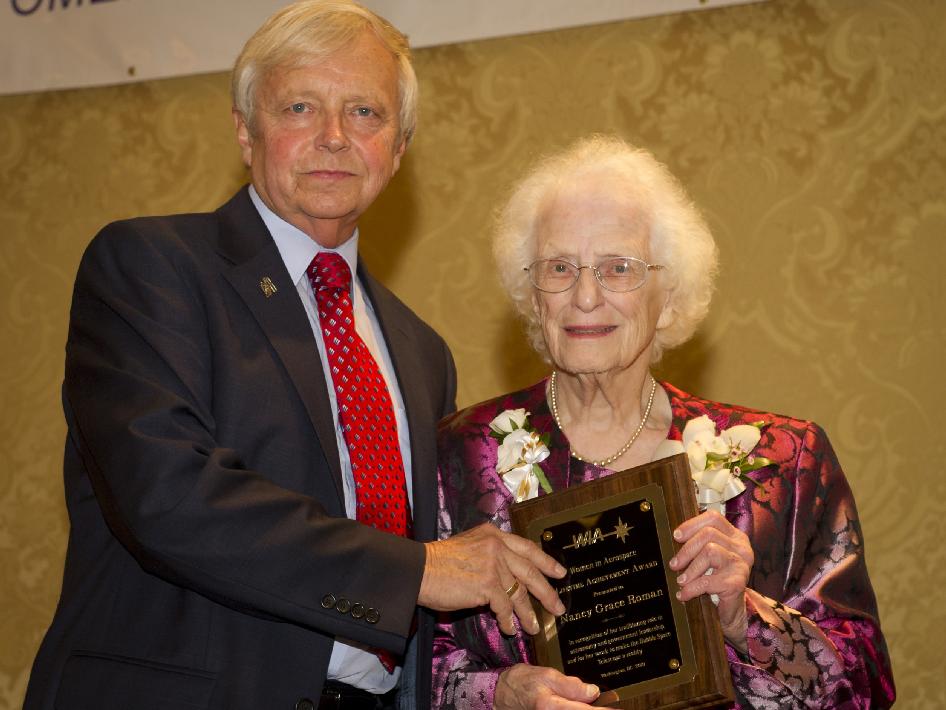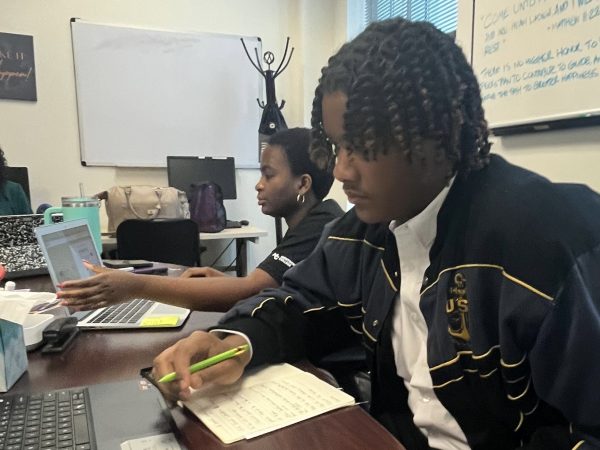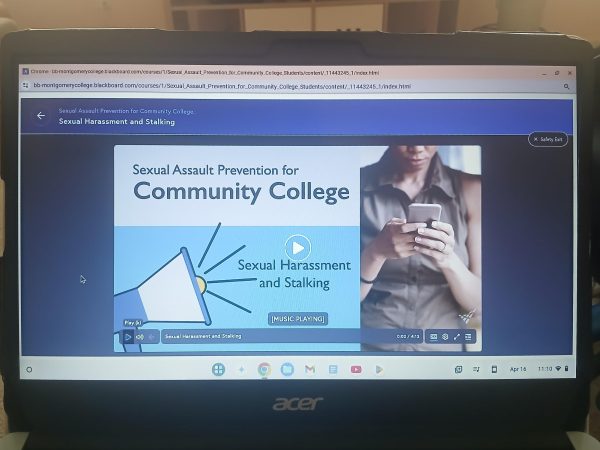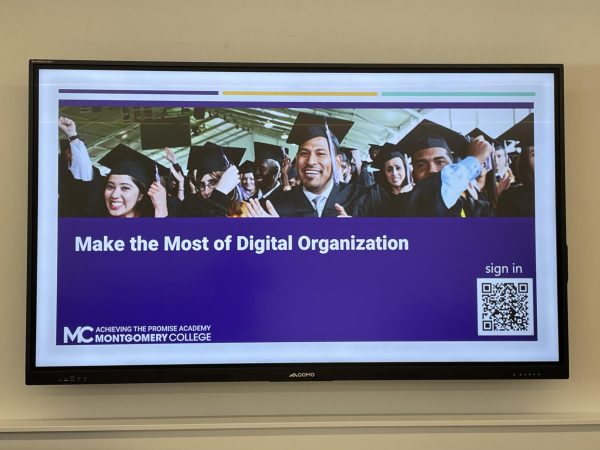Celebrating Montgomery College’s Own: Nancy Grace Roman
Pioneering the way for today’s aspiring female scientists.
In honor of Women’s History Month, we take a look back at the extraordinary life of astronomer Dr. Nancy Grace Roman.
Roman, a devotee of astronomy since her childhood, broke barriers when she joined NASA in 1959. Born on May 16th, 1925 in Nashville, Tennessee, Roman came into the world destined for a future in science. Her father, Irwin Roman, worked in geophysics, so the family so often relocated to follow his job. She likes to consider both of her parents significant factors for where she ultimately ended up but says it’s more so because of her mother, Georgia Smith-Roman.
“I teasingly have blamed my mother for getting me interested in astronomy, because I can remember up in Michigan she used to take me out at night and show me the constellations and the Aurora,” Roman revealed in an interview with the American Institute of Physics in 1980. From then on, she couldn’t get enough of the heavens. In middle school, she formed an astronomy club where members met once a week to learn about constellations.
Roman decided at a young age that she wanted to be an astronomer, a career choice that raised many eyebrows. A girl with a desire to pursue a male-dominated profession? In an Astronomy Beat article, Roman said many people attempted to deter her, saying “women were not supposed to be scientists.” Her parents were the only ones who supported her wishes, but even Roman’s mother felt uneasy about it deep down. Roman never backed down from her dream, but kept in her back pocket the alternate route of becoming a high school math or physics teacher, just in case her first choice failed.
Despite those who tried to convince her it was impossible, Roman took the leap and pursued the many years of education it would take to become an astronomer. She worked to acquire strong math skills, particularly algebra and trigonometry. Roman told a guidance counselor in high school that she preferred to take an additional year of algebra rather than Latin, much to the counselor’s dismay.
“What lady would take mathematics instead of Latin?” she asked Roman.

Roman continued her path to Swarthmore College and took advantage of their then-adequate astronomy department. During her junior year in 1945, the head of the physics department became the first person besides Roman’s parents to recognize her potential and support her career aspirations.
He said to Roman, “I usually try to dissuade girls from majoring in physics, but I think maybe you might make it.” She earned her Bachelor of Arts from Swarthmore in 1946 and her doctorate from the University of Chicago three years later. She stayed at the university for an additional six years for postdoctoral studies, as well as to be an assistant professor. Roman eventually got involved in radio astronomy research at the U.S. Naval Research Laboratory.
Not long after the founding of NASA in 1958, Roman paid the agency’s headquarters a visit to hear a lecture given by Harold Urey. Jack Clark, a former NRL employee who went on to work for NASA, approached Roman after the lecture and asked if she knew of anyone who was interested in putting together a space astronomy program. Nancy immediately thought of herself. She admitted that she initially hesitated to take on a leading role, but said she could not pass up such an opportunity.
In 1959, NASA still only an infant, Roman began a program that grew to have 20 satellites, balloons and tons of sounding rockets. It expanded into ground-based research as well as technological development needed for space observations. Nancy continued on to become the first Chief of Astronomy in the Office of Space Science and the first woman to hold an executive position at NASA. Over the course of the next 20 years, she organized and developed a number of programs, including the Cosmic Background Explorer and the Hubble Space Telescope. After retiring from NASA in 1979, Roman continued to work tirelessly as a contractor at Goddard Space Flight Center.
Her other volunteer work included teaching summer classes for students and teachers at Montgomery College and Southeastern University.
Dr. Nancy Grace Roman currently resides in Washington D.C.

Tiahara Bennett is a journalism major who loves writing, fashion, and music. She also has a hella good handwriting. After college, she would like to work for a news station or a newspaper.










Bettina Bennett • Apr 10, 2018 at 11:41 am
TWO WORDS
TOO AWESOME!!!!!!!!!!!
ALSO: VERY WELL WRITTEN AND INFORMATIVE. FASCINATING NARRATIVE!!
DAD • Mar 31, 2018 at 8:20 pm
ONE WORD
AWESOME!!!!!!!!!